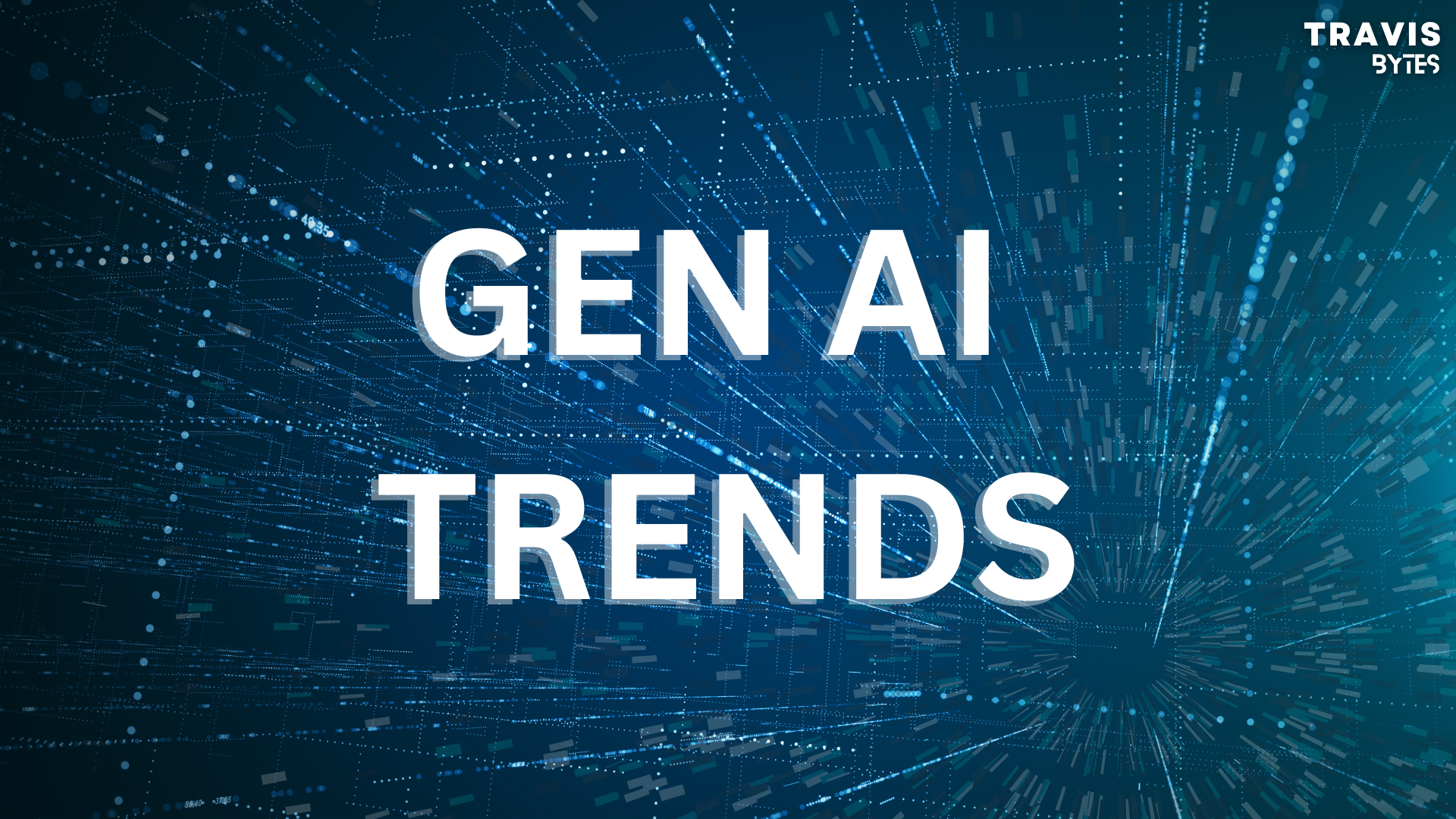Welcome to our 5 AI Trends article on the exciting developments happening in the world of Artificial Intelligence for 2024. In this article, We’ll explore the top trends that are shaping the AI landscape and discuss how they are revolutionizing various industries.
1. Realistic Expectations
One of the significant trends in AI for 2024 is the development of more realistic expectations. In recent years, AI has faced inflated hype and unrealistic promises. However, businesses and researchers have become more discerning, understanding the limitations and capabilities of AI. They now recognize that many AI tools are developed to complement and enhance existing tools and systems, rather than completely replacing them.
For example, the Copilot model is a great illustration of this trend. It is an AI-powered coding assistant developed by GitHub. Rather than attempting to replace human programmers, Copilot works alongside them, providing suggestions and snippets of code to assist in the coding process. This integration of AI as a supportive element within the workflow allows developers to work more efficiently and produce higher-quality code.
2. Multimodal AI
Another trend in AI for 2024 is the increasing use of multimodal AI models. These models possess the ability to understand and integrate multiple types of input, such as text, images, videos, and sound. By combining various data modalities, AI can achieve a higher level of sophistication and versatility. This advancement opens up new possibilities for creating intelligent systems that can process and interpret information from different sources, leading to more accurate and comprehensive AI applications. In addition to the promising trend of multimodal AI, several notable names have emerged in the field like GPT-4, Google Gemini, and Claude.
As the demand for multimodal AI models increases, we can anticipate the emergence of even more exceptional models in the future. These models will cater to a diverse range of industries and further advance the capabilities of AI systems. The continuous growth in this field promises an exciting future for multimodal AI development and its impact on various domains.
3. Smaller and Optimized Language Models
In 2024, the focus of AI developers is shifting towards smaller, more efficient language models. While larger models have shown impressive results, they often require substantial computational resources and storage. Researchers are working on developing compact language models that deliver high-quality outputs while being optimized for resource efficiency. The open-source movement also plays a significant role in this trend, as the sharing of models and datasets becomes more prevalent, allowing for collaborative development and advancements in AI language processing.
Perhaps you’re familiar with Mixtral, which debuted just last year. Many businesses and institutions prefer creating their models instead of relying on public services, mostly due to privacy concerns. This necessitates the hosting of a model on local servers, prompting cloud service providers to construct the necessary infrastructure and streamline costs to cater to the needs of Gen AI.
Developers are increasingly focusing on optimizing AI models to improve efficiency and reduce computational needs. This approach includes techniques like model pruning, quantization, and knowledge distillation. These practices maintain accuracy while enabling AI deployment on a broader range of devices, thus enhancing the flexibility and accessibility of AI.
4. Virtual agents
Virtual agents are AI-powered conversational interfaces that mimic human-like interactions. In 2024, virtual agents will gain prominence as businesses and individuals embrace their potential across various industries. These intelligent assistants can assist customers, provide support, and automate tasks, enhancing efficiency and customer experiences. From chatbots to voice assistants, virtual agents are poised to transform the method we engage with technology and streamline everyday interactions.
5. Regulations
As AI technologies continue to advance, regulations and ethical considerations become increasingly important. In 2024, there will be a stronger focus on establishing regulations and frameworks to ensure responsible use of AI. These regulations aim to address issues such as data privacy, algorithmic bias, and the ethical implications of AI deployment. Governments and organizations are actively working towards creating guidelines and standards to govern AI technology and protect the rights and well-being of individuals.
In conclusion, the field of AI is rapidly evolving, and staying updated with the latest trends is crucial to harnessing its full potential. From realistic expectations to multimodal AI, smaller and more effective language models, virtual agents, and regulations, these trends shape the future of AI. As discoveries and developments emerge, these trends may shift, emphasizing the importance of staying informed. By keeping up with the latest news and advancements, individuals and businesses can make informed decisions and leverage AI innovations to drive productivity, efficiency, and growth.

